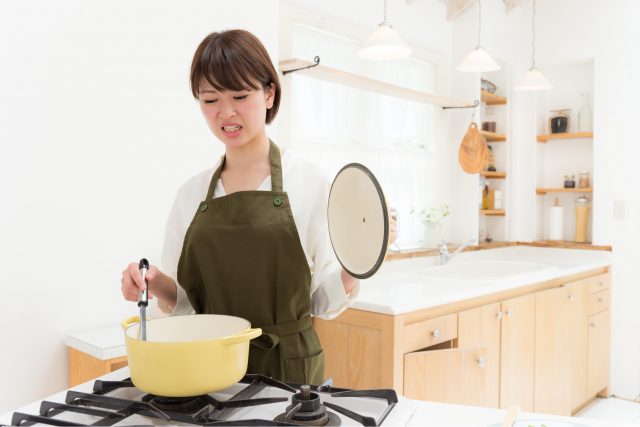Today, roughly 36% of Americans cook at home on a daily basis. This statistic may be low to many readers; however, within the United States, the majority of citizens do not possess a foundational understanding of cooking. In fact, a recent survey found that since the pandemic started, 163 million Americans will eat out at least once a week.
However, there seems to be a reinvigorated interest in cooking from the American public. Thanks in part to cooking shows and reality baking channels, more and more young Americans are now interested in mastering cooking. George Seryogin, a resident of Watertown, Massachusetts, has possessed a lifelong love of cooking and understands firsthand the difficulties in mastering cooking basics. As someone who has helped many friends and family members in the kitchen, George Seryogin, hopes to share his knowledge of cooking practices and help amateur chefs avoid some of cooking’s most common mistakes.
Taking Food Out Too Early or Too Late
Widely known as the most common cooking mistake, the majority of amateur chefs will frequently undercook or overcook food. In the kitchen, good timing is crucial and notoriously difficult to master. A few minutes on the stove will often be the difference between an overcooked meal and a dangerously undercooked one. So how can you ensure that your guests will not be returning home with food poisoning?
Most chefs agree the best way ensure your food is perfectly done every time is to use a food thermometer. While some experienced chefs will know simply by touch whether or not their food is done, the majority of us will need some extra help. With a food thermometer, amateur chefs will be able to visually check whether meat or vegetables are cooked or if one section of the food needs to be cooked longer.
Not Letting Food Sit Before or After Cooking
New chefs will often be overzealous in the kitchen and not allow items to sit for very long. However, while it is common knowledge that meat should not sit out at room temperature as it could attract bacteria, this is unlikely to happen over 30 minutes. There are, in fact, many benefits to allowing meat to sit before and after cooking. When someone takes a steak out of the fridge to cook, it will often have a cold internal temperature. While cooking the steak will bring the overall temperature of the steak up, the outer edges of the steak will cook at a different rate than the middle. However, if a chef allows the steak to sit on the counter and become more acclimated to room temperature, it will help the steak cook more evenly.
Additionally, when the steak is done and has reached an internal temperature of 130, many chefs will immediately serve the steak to avoid letting the temperature fall. However, when roasting, grilling, or searing meat, chefs, must give the meat a few minutes to rest before cutting into it or serving it. Typically, when meat is hot, its juices are more liquid and more likely to escape when cut into – leaving the recipient with overly dry meat. However, if you allow it to rest and the juices to settle, you will be rewarded with a more tender and succulent steak.
Working With Dull Knives
The primary purpose of a kitchen knife is to cut through ingredients and help prepare a dish. However, a chef is only as good as their tools. When cooking, it is vital that chefs maintain their knives and ensure that they are always working with clean, sharp knives.
Safety – Sharp knives can make a huge difference in the kitchen – especially when it comes to safety. Dull knives can be much more unpredictable than sharp knives and create more opportunities for injuries. When a chef attempts to cut an ingredient with a dull knife, they will often have to force the knife through the ingredient as the knife will not smoothly cut. When the chef is applying this much pressure, it creates a greater chance of the knife slipping – resulting in an injury. Instead, a sharp knife will move through different ingredients with ease and lower the risk of a slip or skid.
Efficiency- When cutting vegetables with a dull knife, chefs will often find the process takes much longer than usual and will end with the poor result of uneven vegetables. George Seryogin states that having a sharp knife will not only make the preparation process run much faster but will also create a more enjoyable experience for the chef. In the kitchen, every second counts, and a sharp knife will allow chefs to evenly distribute their attention on multiple dishes.








